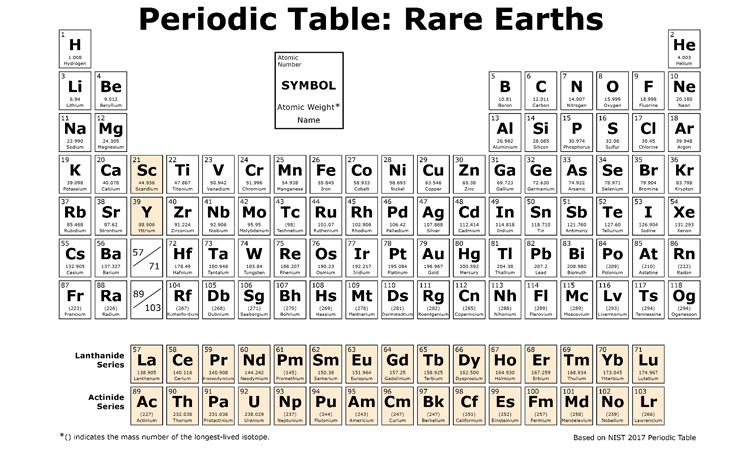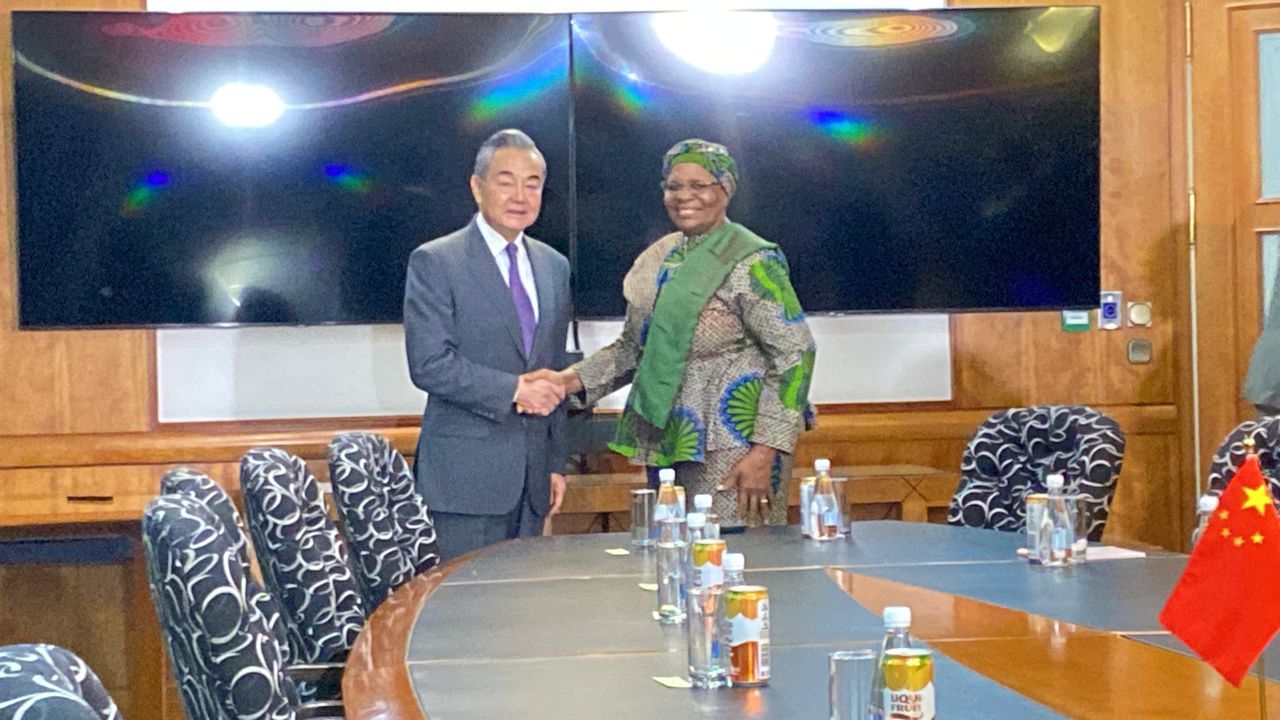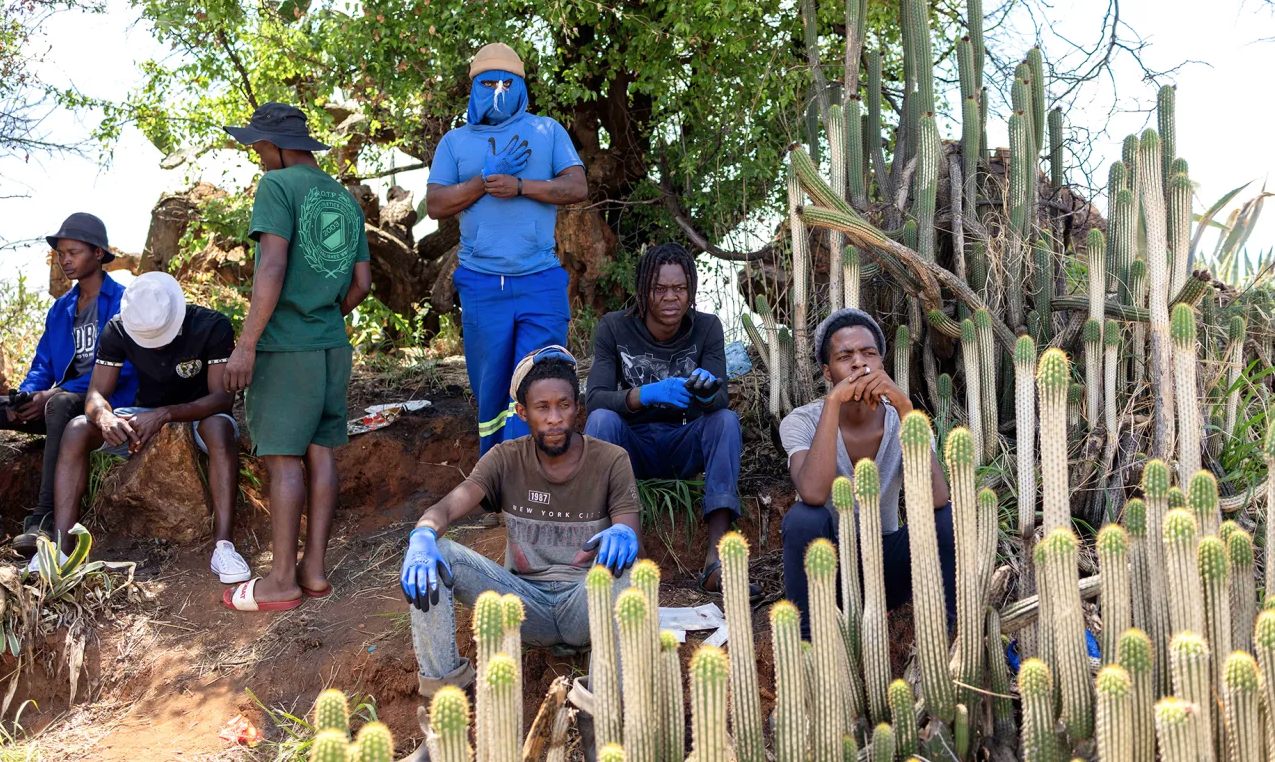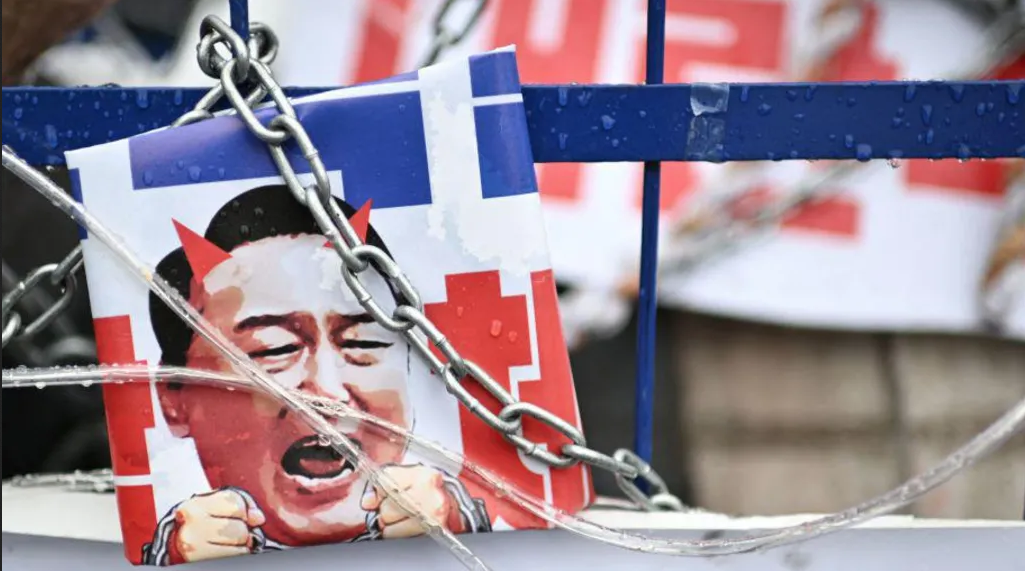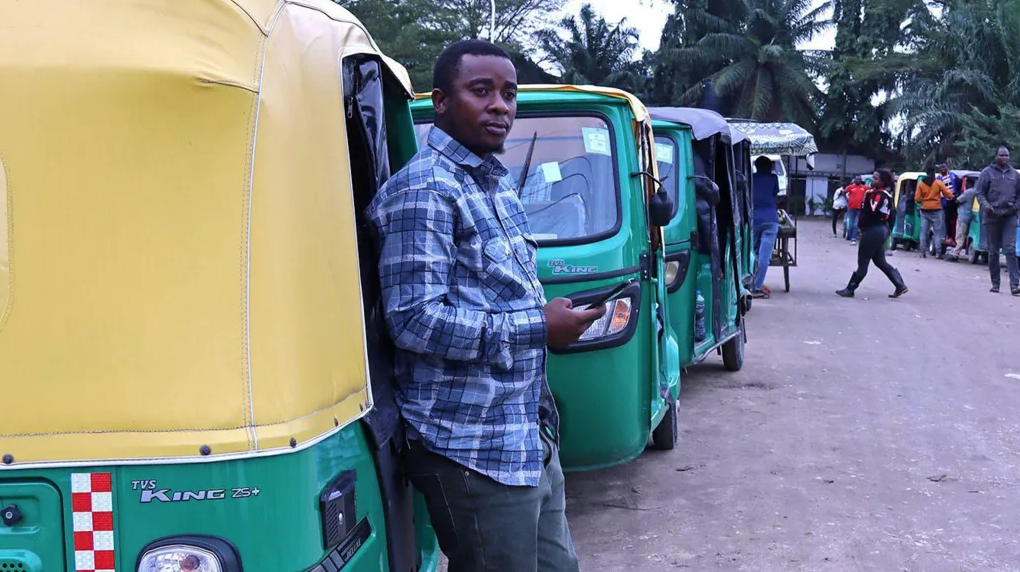Three rare earth project developers have agreed to jointly embark on a feasibility study for establishing a rare earth separation plant in Namibia.
The proposed separation plant aims at producing rare earth metals which can be used directly in the production of permanent magnets for electric vehicles and wind turbines and dovetails into the government’s drive for value addition.
According to an announcement by Namibia Critical Metals Inc. (formerly Namibia Rare Earths Inc) the agreement also includes E-Tech Resources, exploring the Eureka monazite deposit in central Namibia, and Ondoto Rare Earth (Pty) Ltd., a private company developing the high-grade Ondoto bastnaesite deposit in northern Namibia.
Namibia Critical Metals president Darrin Campbell said: “We are thrilled to explore the technical and commercial potential of a rare earth metal separation facility in Namibia.
“With the three partners of Rare Earth Alliance Namibia, we reach the critical mass to build such a metal separation plant. Our partners from Ondoto can provide licensed brownfield sites and construction teams which would potentially allow for a timely realisation of permitting and construction of the facility.
“Namibia Critical Metals and the partners would significantly benefit from reduced, cost-based separation fees at the proposed plant. This initiative would create further value addition in the country with all the attached socio-economic benefits and puts Namibia on the global map for these highly critical metals.”
For the purpose of the feasibility study and possible construction and operation of the proposed facility, the three companies will fall under a joint venture known as Rare Earth Alliance Namibia.
A recent preliminary economic assessment of the company’s expanded project foresees an annual production of about 2 000 tonnes of mixed rare earth oxides over 16 years, containing an average of about 117 tonnes of dysprosium oxide and 17,5 tonnes of terbium oxide, the most valuable rare earth elements.
Separation of the rare earth elements is a major global bottleneck for a de-risked supply chain for those strategic critical raw materials.
While several separation technologies are available, separation facilities need a significant upfront capital expenditure, a steady raw material supply and a critical mass to operate viably.
The parties agreed to explore and evaluate the technical potential and viability of developing a rare earth element (REE) separation facility to extract the elements from concentrates of mixed rare earth oxides produced in Namibia and possibly for rare earth concentrates and semi-products from outside Namibia.
If proved to be viable, the Rare Earth Alliance Namibia will design, construct and operate the facility through a Special Purpose Vehicle and create a value-added chain in Namibia’s mining sector through processing REE-concentrates thus, reducing the export of raw concentrates to create jobs and improve skill sets in the country.
– email: matthew@namibian.com.na
Stay informed with The Namibian – your source for credible journalism. Get in-depth reporting and opinions for
only N$85 a month. Invest in journalism, invest in democracy –
Subscribe Now!



